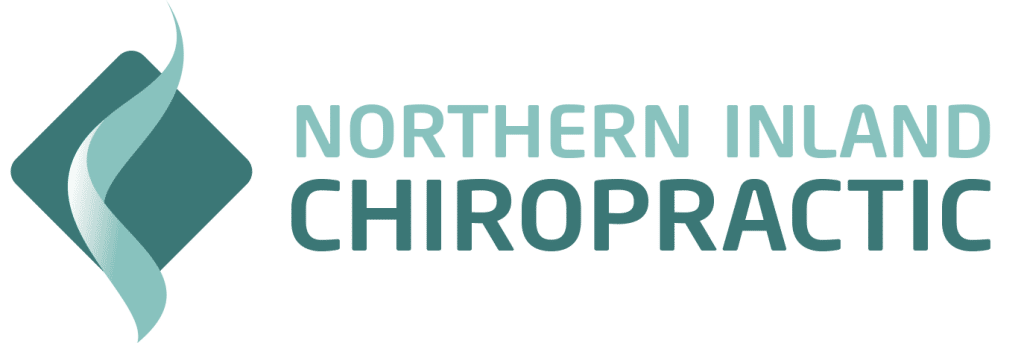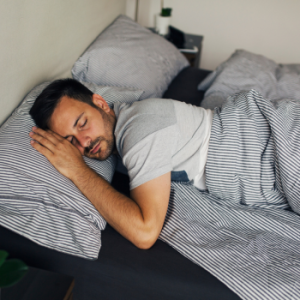Headaches is one of the top 3 reasons people visit our office. This blog will run through a few key concepts regarding the origin of headaches and how we fit into the overall picture for management.
With improvements in neuroscience it is now clear that primary tension headache and migraine are actually on a spectrum together. People can be skewed in the middle with symptoms that blend in with both migraine and tension headache. Some are very clearly on the tension headache side of the spectrum and others on the other end of the scale in migraine territory. Previously it was thought these were 2 separate problems. What is clear is that headache and migraine originate from the activation of the trigeminal nucleus in the brainstem. The trigeminal nucleus is not normal active. However when it reaches a firing threshold it begins to start headache activity in the individual. Higher brain centres in the cortex are actively working at all times to supress the trigeminal nucleus and keep it inactive. However with enough triggers at play the trigeminal zone creeps towards activation and eventual headache activity.
The main stressors at play include:
- Pain – slow and continuous ascending pain inputs, synapse among other areas into the trigeminal nucleus pushing it towards firing threshold. This can occur from pain arising anywhere in the body (particularly the neck and jaw).
- Stress – Stress increases circulating levels of cortisol and adrenalin.
- Dehydration – Dehydration affects pituitary gland function. The pituitary gland regulates hormone function in the body and changes in hormone regulation can lead to headache and migraine. Similar to hormone changes that lead to monthly headaches connected to a women’s cycle.
- Lack of sleep
- Dietary or environmental triggers – Some people can have migraine or headaches triggered from certain perfumes, foods and preservatives for example.
Think about the activation of the trigeminal nucleus like turning up the volume dial on a stereo. For arguments sake lets say activation threshold is a 6/10. Many people are living with numerous stressors every day and may be already at a sub-firing threshold of 5/10. It is therefore not hard for an increase in pain or stress to turn the dial up to a 6/10 and begin headache activity.
The role of a Chiropractor is to firstly identify the stressors which are bombarding the trigeminal nucleus and causing this headache activity, then begin to minimise the impacts of these stressors. This is achieved by holistically treating the body with Chiropractic adjustments to eliminate the root cause(s) of pain and dysfunction. This decrease in pain will help in many ways. Firstly less pain will mean less active pain pathways sending pain signals into the trigeminal nucleus. A decrease in pain will then lead to improved restorative sleep and this also helps to decrease stress. Less pain usually also means that people can return to exercising. Exercise has been shown to increase endorphin (feel good hormone) production, which decreases stress levels. All these factors combine to gradually turn down the headache stereo dial and the trigeminal zone moves back into the non-firing threshold.
So in conclusion although headache and migraine are multifactorial in nature, we play a big part in prevention and maintenance in headache sufferers. If you or someone you know is suffering from headaches please pass on this information to them. If you would like to make an appointment to see if we can help you with headaches please call the practice on 5713 0055 or jump on the enquiries page of our website and someone will be in contact with you shortly.
References:
Goadsby, P. J., & Bartsch, T. (2008). On the functional neuroanatomy of neck pain. Cephalalgia, 28 Suppl 1(s1), 1–7. http://doi.org/10.1111/j.1468-2982.2008.01606.x
Hall, T, Briffa, K, Hopper, D. Clinical Evaluation of Cervicogenic Headache: A Clinical Perspective. The Journal of Manual & Manipulative Therapy. 2008.16(2), 73-80.





